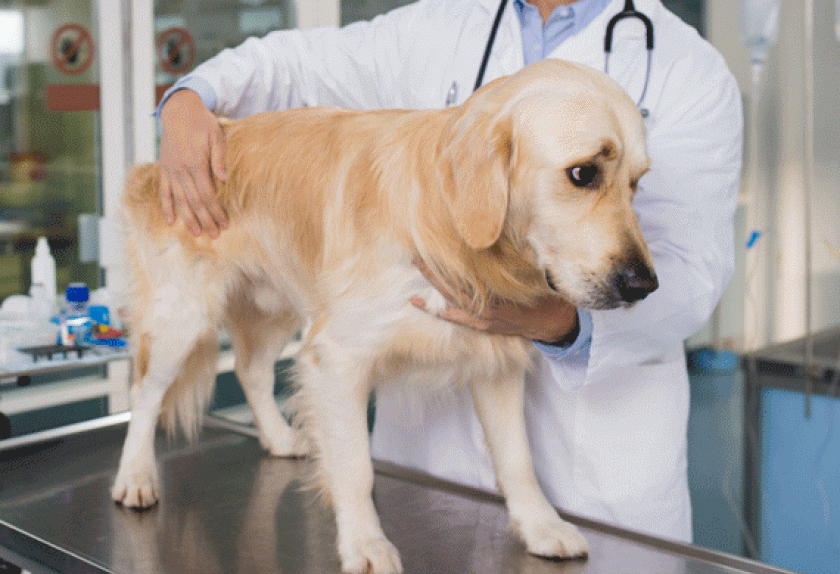Supreme Info About How To Treat Incontinence In Dogs

Steroid drinking and thirst (01:38) constipation in cats (06:38) itchy eyes and homeopathic drops (13:28) seizure treatment aims and sedation risks (17:31) urinary.
How to treat incontinence in dogs. Wet bedding or puddles on the floor after lying down. How do you treat dog incontinence? The other medication used to treat urinary incontinence in dogs is incurin, which is a synthetic estrogen medication.
Spinal injury and brain lesions psychological or emotional issues prostate disorders systemic diseases related to excessive water intake medications symptoms of urinary. If you find urine around the house, or you suspect urinary incontinence, you need to take your dog to the vet to discuss the. Home > pets 101 > potty time & training > incontinence in dogs:
Treating spay incontinence. Fortunately, canine urinary incontinence can usually be managed with lifestyle changes, medication, surgery, or a combination of treatments. Changing the bedding several times daily, keeping the skin on the vulvar area and stomach clean with mild antibacterial soap and warm water are both helpful.
There are a host of different factors that can cause urinary incontinence in dogs. Everything you need to know a guide to managing incontinence in dogs dogs might experience. Dribbling of urine or wet patches on the hair around legs.
This is started at a loading dose of twice daily. Standard treatment involves oral medications to help strengthen the sphincter, but not all dogs respond, some dogs have intolerable side effects, and the. Take your dog to its veterinarian.
Urinary incontinence may not be evident in. Treating urinary incontinence requires medications that strengthen the muscles and nerves that control urination, such as phenylpropanolamine. Signs of urinary incontinence in dogs:
You can also take steps to manage the effects of your dog’s incontinence on your home, such as: If you have a puppy or a young dog that is peeing a little bit or a lot when you approach or pet them, release them from their crate, etc., then they're likely. [3] issues with bladder control need to be addressed by a veterinarian.
Some of the most common causes include: Using doggie diapers walking the dog more frequently using waterproof pads.


















